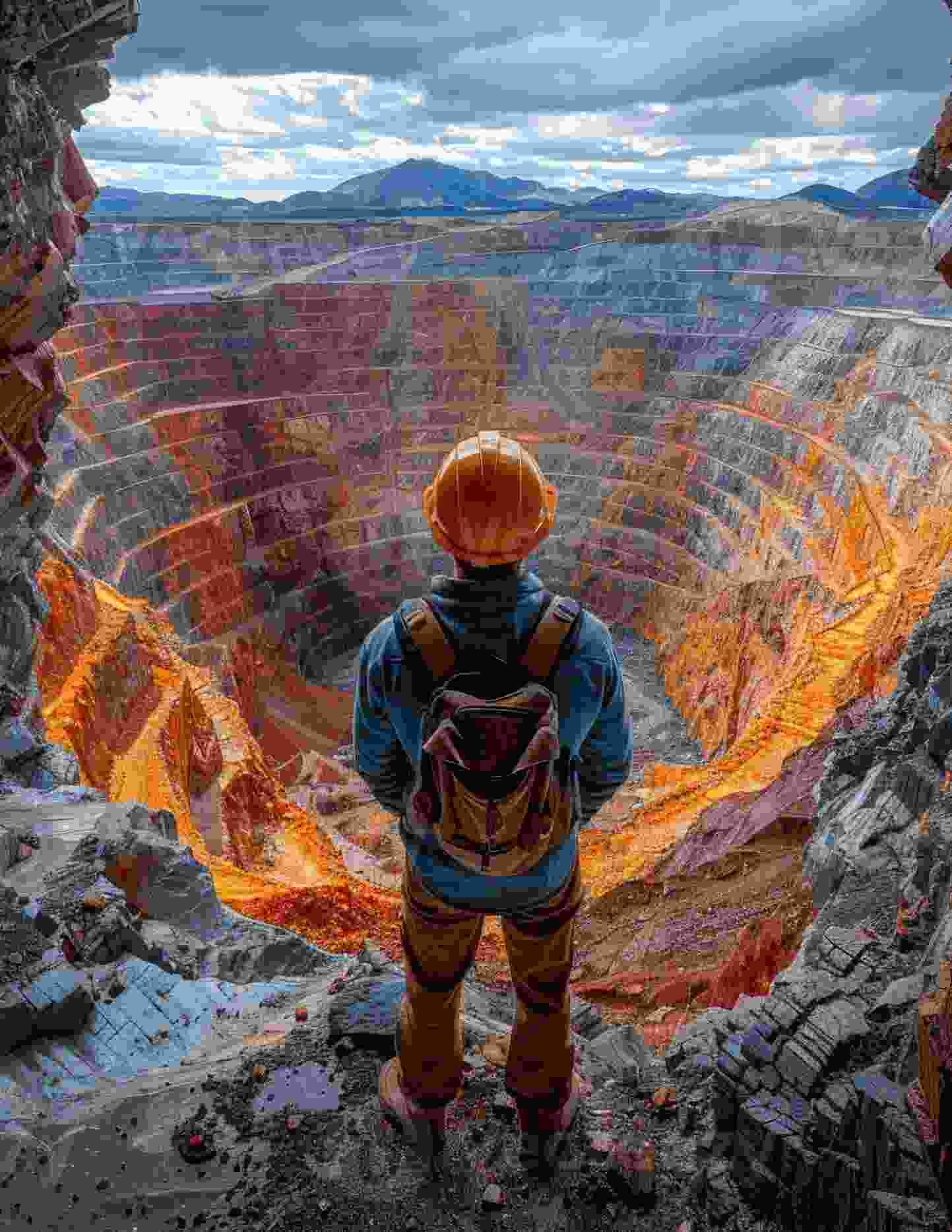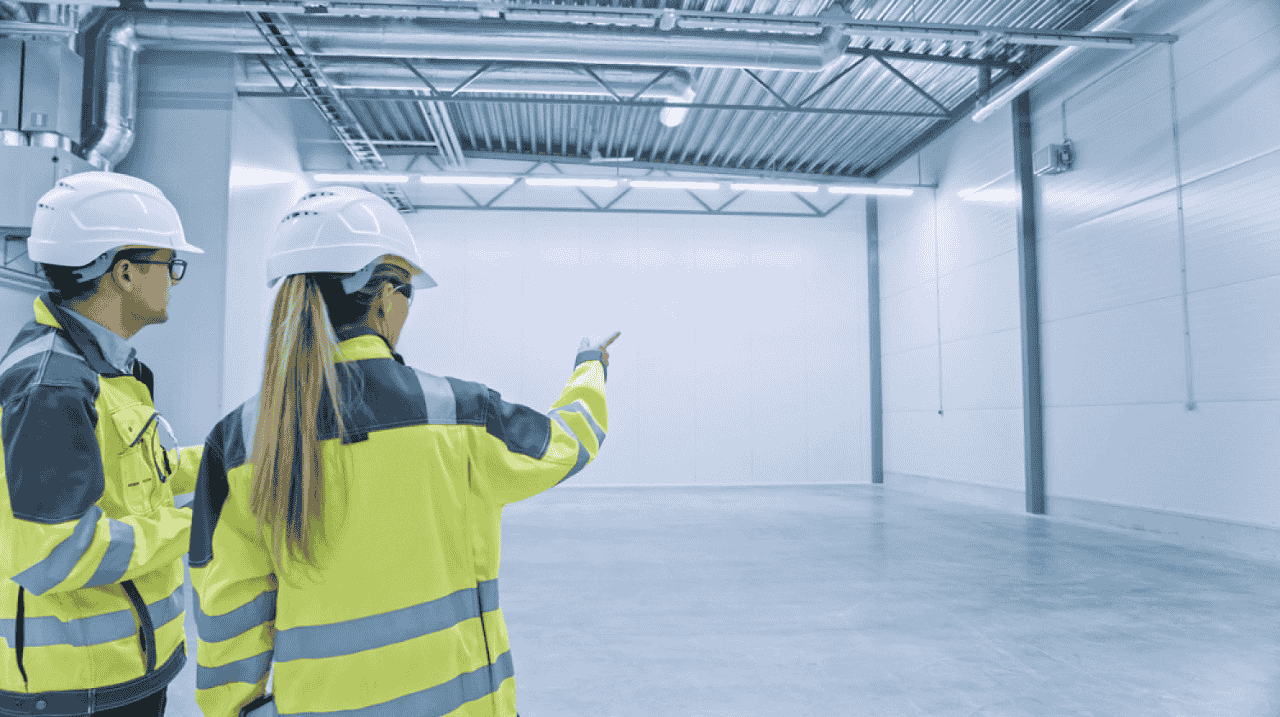
in the future
Greenfield Project: setting up a Sustainable Manufacturing Refractory Unit under the subsidiary Metallurgical India Private Limited, double in capacity to the existing unit with plans of achieving manufacturing capability of 600000 MTPA in next years.
The group has prepared a roadmap to a greenfield project for a refractory unit using sustainable manufacturing practices, which is a transformative initiative essential for industries aiming to balance productivity with environmental stewardship. This project aims to create a state-of-the-art refractory production facility that integrates advanced technology, sustainable practices, and resource optimization, ensuring minimal environmental impact while achieving operational excellence.
This greenfield refractory manufacturing project is pioneering in aligning industrial development with environmental sustainability. By leveraging cuttingedge technologies and sustainable practices, the facility will set a benchmark in eco-friendly manufacturing, contributing to the global push for greener industrial processes while ensuring long-term profitability and resilience in a competitive market.

Vision and Objectives
The core vision of this project is to develop a resilient and eco friendly refractory unit that aligns with global sustainability goals. The objectives include:
Incorporating renewable energy sources such as solar and wind power to minimise reliance on fossil fuels and conventional electricity.
Sourcing raw materials sustainably and reducing waste through advanced mineral processing and recycling techniques.
Establishing a closed-loop system for managing by-products and end-of-life materials.
Implementing energy-efficient manufacturing technologies to lower greenhouse gas emissions.
Plant Design and Layout
- Energy-Efficient Equipment: Installation of modern, energy-efficient kilns, grinders, and mixers that consume less power while delivering superior output.
- Rainwater Harvesting: A water management system that captures and reuses rainwater to meet industrial needs, reducing dependency on external water sources.
- Green Zones: Establishing green belts and buffer zones around the plant to promote biodiversity and improve air quality

Sustainable Manufacturing Practices
- Incorporate renewable energy solutions to power operations, such as solar panels and wind turbines.
- Employ waste heat recovery systems to utilize heat generated during production processes, enhancing energy efficiency.
- Use locally available raw materials to reduce transportation emissions.
- Implement recycling programs to reuse scrap and by-products in production.
- Deploy advanced technologies like AI and IoT to monitor and optimize production processes in real-time, reducing resource consumption and operational waste.
- Adopt low-carbon technologies for material sintering and calcination
- Recycle refractory waste into new products or use it as aggregate for
construction. - Treat and recycle industrial wastewater for reuse within the facility
Environmental and Economic Benefits
The adoption of sustainable practices will significantly reduce the unit’s
environmental footprint. Renewable energy and efficient equipment will lower operational costs, while circular economy practices will enhance resource utilization. The greenfield project is also expected to create local employment opportunities, fostering regional economic growth.
Compliance and Certifications
The project will adhere to global sustainability standards and certifications such as ISO 14001 (Environmental Management), ISO 50001 (Energy Management), and Leadership in Energy and Environmental Design (LEED). Compliance with local environmental regulations will also be ensured.


